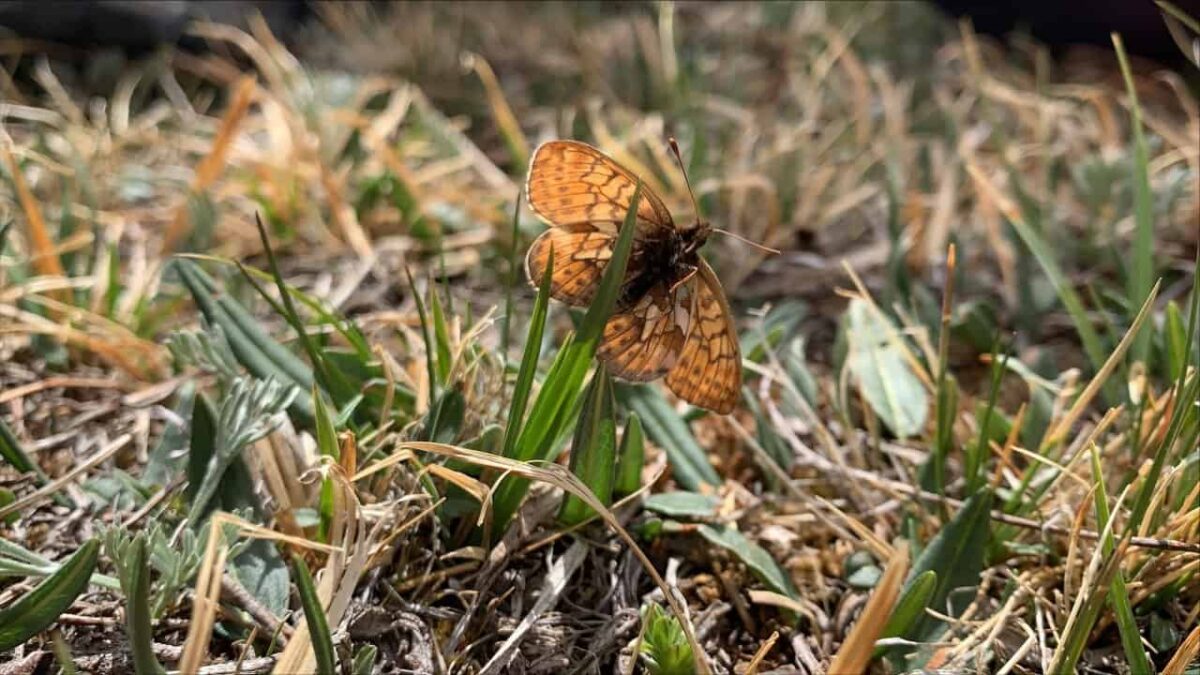
“I think it will be cool for people to know that when they’re hiking up these 14ers that it’s not just a 14er, it’s this crazy habitat [and rich] ecosystem that is very specific and unique,” says Andrea Williams, a second year Master’s of Science in Ecology (MSE) student at Western.
Williams studied Environmental Science in her undergrad and sought a spot in Western’s second MSE cohort to round out her skills in ecology and research with an eye towards a career in species conservation. When she was still a prospective student, she met with Dr. Kevin Alexander, a Biology Professor who now serves as the university’s Associate Vice President for Academic Affairs.
Dr. Alexander presented Williams with a project that would see her hiking 14ers in the San Juan Mountains in pursuit of knowledge about the endangered Uncompahgre fritillary butterfly, or UFB as it’s known to researchers. The project held immediate appeal to Williams, who loves hiking and was intrigued by the prospect of contributing knowledge to the study of a sparsely researched species.
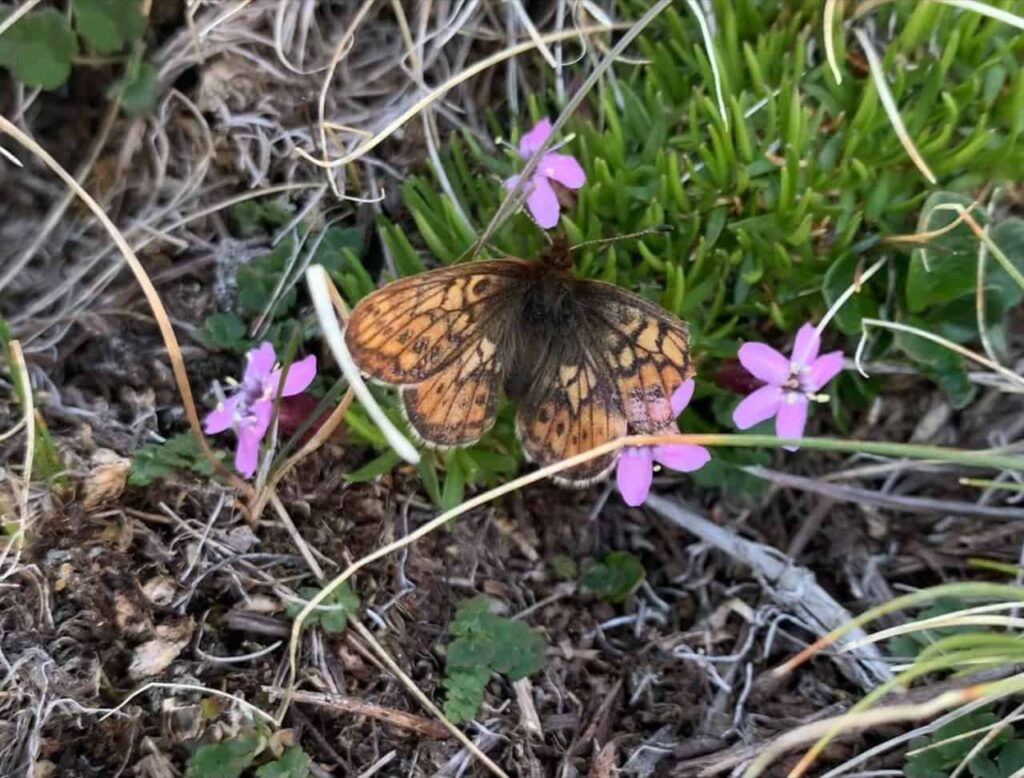
UFBs, with their minute one-inch wingspans, inhabit cool, moist high alpine ecosystems (above 12,000 or even 13,000 feet), and have the smallest range of any North American butterfly— spanning only a handful of Colorado counties—Hinsdale and Gunnison primarily.
Discovered in 1978 by a team of Rocky Mountain Biological Laboratory (RMBL) scientists on Uncompahgre Peak, the UFB was originally thought to be a subspecies of the dingy fritillary, found in Scandinavia, Alaska, Wyoming, and southwestern Colorado.
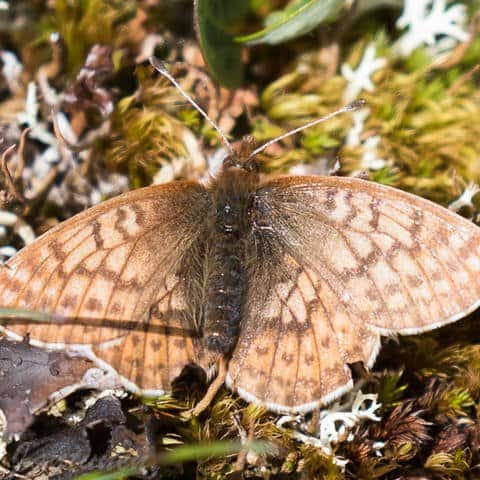
Later, the UFB was reclassified as its own species (critical to this reclassification was the UFB’s distinct wing pattern) and landed on the endangered species list in 1991 after alarm bells rang about low population counts in the butterfly’s primary habitat areas.
The UFB is known to be a relatively weak flyer, a fact that opens the door to danger posed by butterfly collectors, who seek to poach and collect or sell the butterflies. Other threats to the species include recreation (predominantly high alpine hiking and peakbagging), grazing, and a rapidly changing climate.

Since the species discovery and endangered species listing, the Bureau of Land Management, U.S. Forest Service, and Colorado Parks and Wildlife, have worked to estimate the UFB’s population, and undergone efforts to educate the public, reroute trails, and limit or eliminate grazing in UFB habitat to help recover the species.
Williams’ project examined the microhabitat preferences of UFBs, a critical component to understanding the prospect for species recovery. “On a super fine scale, what affects butterfly abundance?” she asks, adding, “Their habitat is so specific.”
UFBs, in addition to their high alpine requirement, are closely tied to their host plant (the plant that UFBs lay their eggs on, and the larvae later consume after emerging from the pupa), the snow willow, which typically grows on wet rocks and ledges.
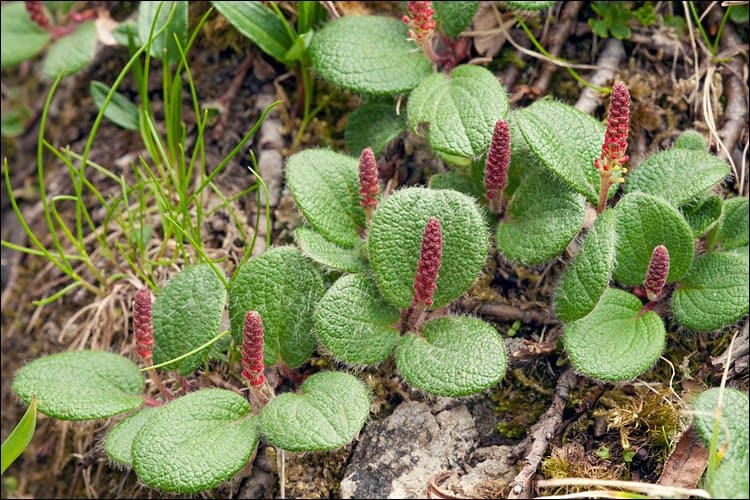
To discern the ideal habitat for UFBs, Williams implemented 700 different 50 x 70 centimeter plots delineated by PVC pipes, and recorded the percentage of various vegetation types present within the plots.
“What surprised me was that there were way more species up there than I thought. I ended up having to identify like 36 different species,” Williams adds. ‘You have [many different] dwarf shrubs and flowers.” Williams also recorded other data within the plots, including slope, aspect (the orientation of the slope), and soil moisture.

Williams was in the San Juans hiking and sampling six or seven days per week during the short field season window, trekking close to the summits of Uncompahgre Peak and nearby Redcloud Peak, as well as a number of undisclosed, off-record sites, unknown to the public for the purpose of conserving the UFB.
“Their flight season is super short—they’re only active as adults for four to six weeks throughout the summer. You have to wait until the snow melts, and then everything starts getting brown up there in August…[so] we have to be up there as long as possible.”
The brevity of the season created some stress in Williams’ effort to obtain the necessary research. “I got hailed on a few times, I had to run from thunderstorm clouds, and we also had wildfire smoke up there for a good week–that makes it very hard to breathe,” she adds.
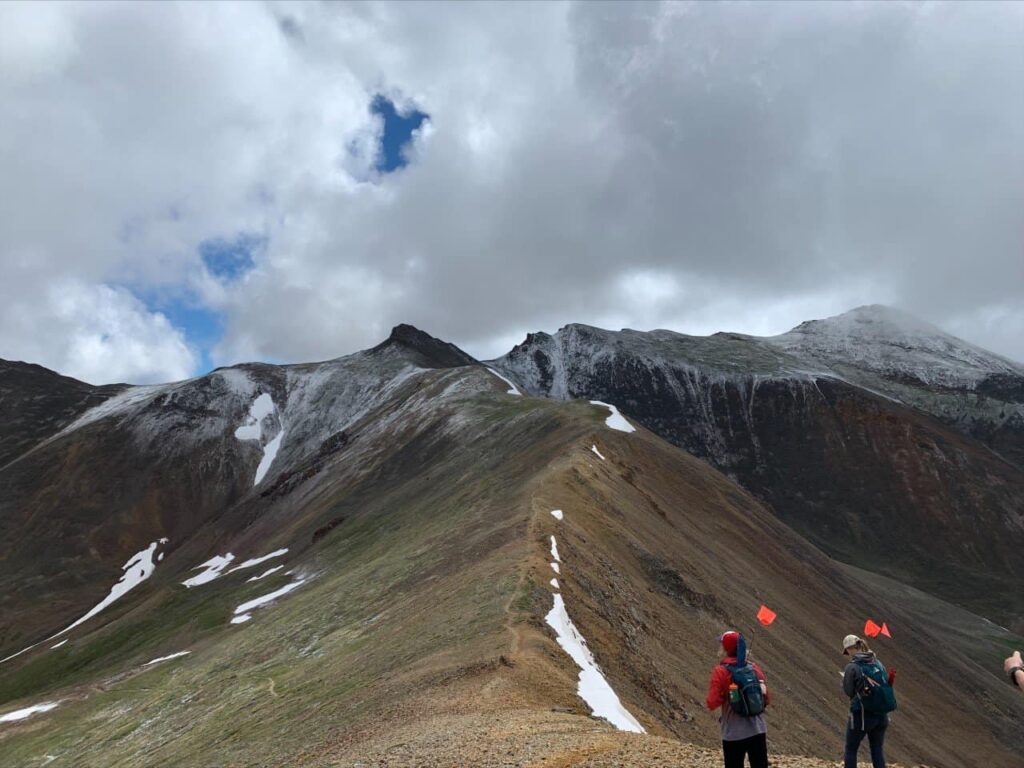
As part of the recovery plan required when a species is listed as endangered, Williams also conducted distance sampling, a scientific method that aims to estimate the given number of individuals present in a certain area.
In collecting the data, Williams would walk a given transect (she studied 127 different transects in all) and count how many UFBs she saw, scientifically extrapolating that data into local population estimates for her study areas.
Williams collected the distance sampling data alone her first summer at Western in 2020, and then paired the population sampling data with her habitat data in 2021. After collecting all her required distance sampling data, along with information about vegetation cover, slope and aspect, and soil moisture, Williams turned to R Studio, a data analysis software program, for the analysis phase.
“I found that there were five species of alpine plants that were consistent with greater abundance of [Uncompahgre fritillary] butterflies,” says Williams, one of which was the host snow willow, as expected.
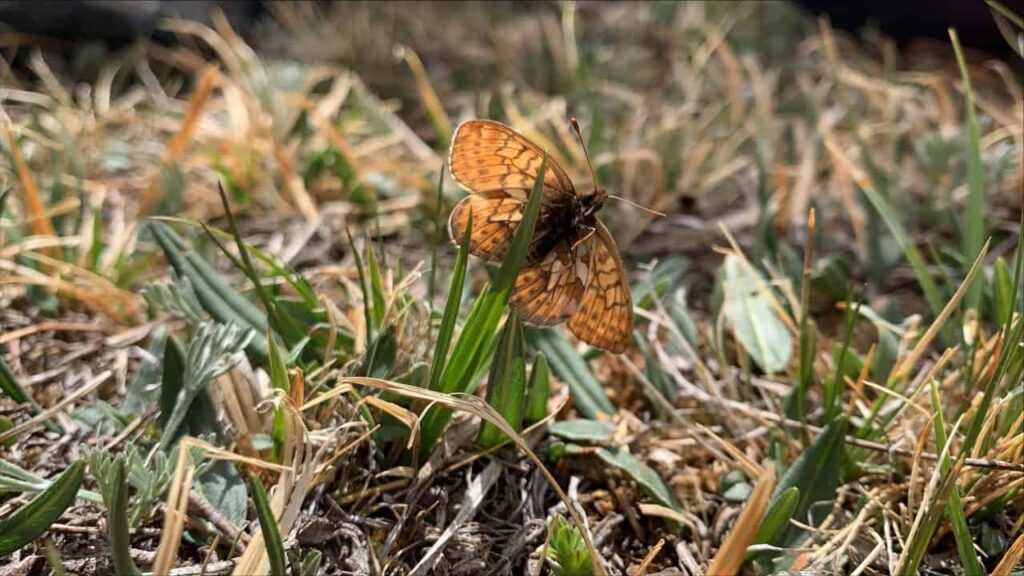
Williams’ research also found a strong correlation between higher soil moisture and a greater abundance of UFBs. The UFBs preference for higher soil moisture poses problems in a region facing prolonged drought, a shrinking snowpack (snow is the main source of moisture atop these high alpine areas), and recovery from grazing at Uncompahgre Peak–which can lower soil moisture. Recreation also poses a threat, and the boom in 14er hiking likely has not aided the UFB’s cause.
The ongoing impact of climate change on the UFB population is top of mind for Williams. Around the world, scientists have been hypothesized that warming temperatures will likely push plant and animal species up in elevation, but Williams notes that the UFBs have little room to ascend– they already reside above 12 or 13,000 feet. “That would restrict their habitat even further,” she adds.

In the future, Williams would be interested in analyzing climate data in the context of UFB populations, cross referencing past trends in moisture (i.e., snowfall) and temperature against historical UFB populations, data for which trace back to 2003.
Just last week, Williams passed her thesis defense, and plans to submit her thesis research to the Journal of Insect Conservation after some small revisions.
She will also be presenting her research in a combined Environment and Sustainability (ENVS) forum with Master’s of Environmental Management (MEM) students at 8:30 a.m. on Friday, May 6.

